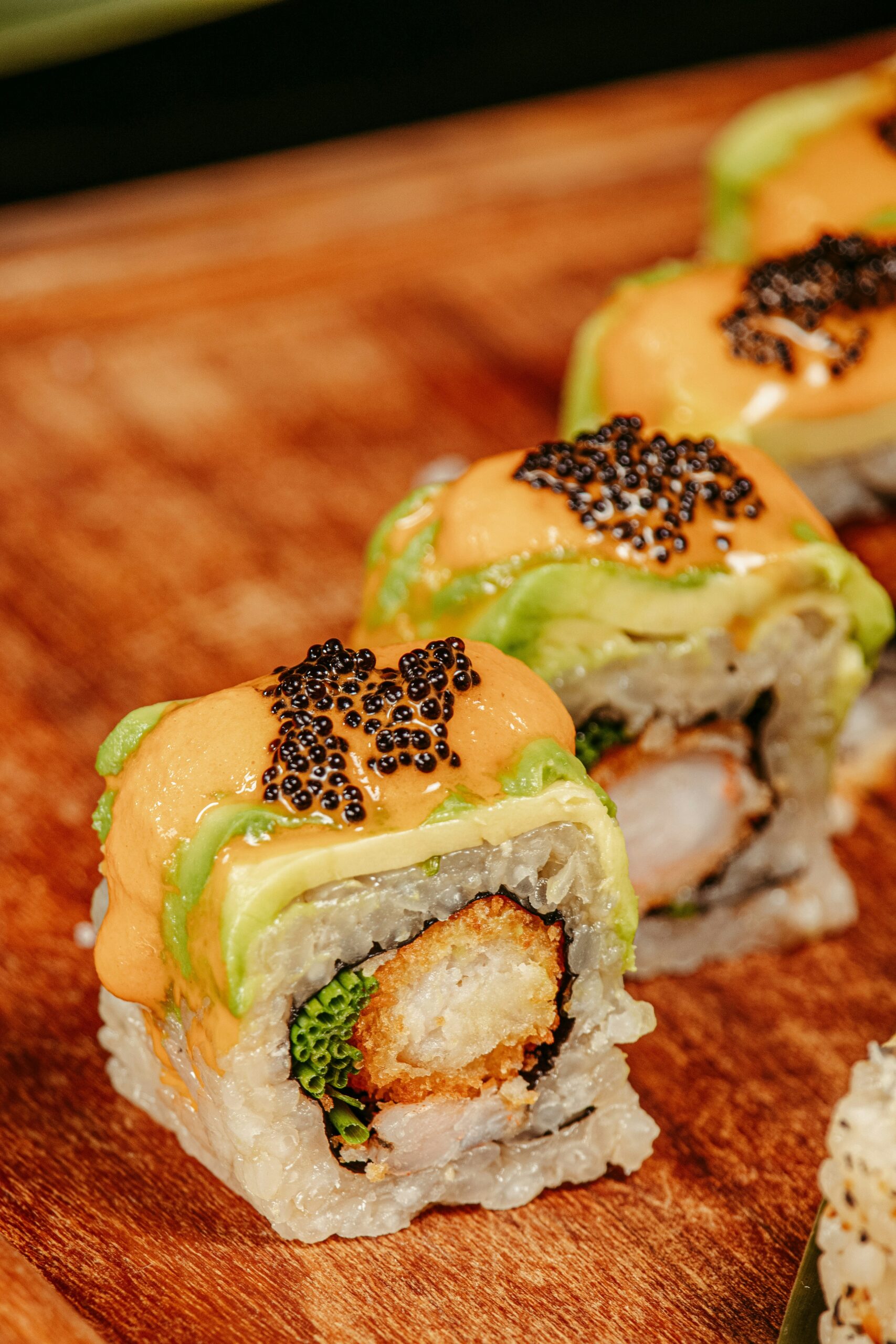Sushi, a beloved culinary art form from Japan, is more than just rice and fish. It’s a cultural experience that combines tradition, skill, and the freshest ingredients to create a dish that is both simple and refined.
The Art of Sushi Making
Understanding the art of sushi involves appreciating its history and the meticulous techniques used in its creation. According to culinary experts, the secret to authentic sushi lies in the quality of its ingredients and the precision of its preparation.
Essential Ingredients
Freshness is paramount in sushi making. Fish should be of sashimi-grade quality, ensuring it’s safe to eat raw. Rice is equally important, with Japanese short-grain rice being preferred for its sticky texture, which holds the sushi together.
Expert Insights
Renowned sushi chefs emphasize the importance of balance in sushi. The rice should complement the fish without overpowering it. Chef Nobu Matsuhisa, a pioneer in sushi innovation, often highlights the harmony of flavors as key to exceptional sushi.
Table: Sushi Ingredients and Their Roles
| Ingredient | Role |
|---|---|
| Rice | Base and binder for sushi |
| Fish | Primary flavor component |
| Nori (Seaweed) | Wraps and enhances flavor |
| Wasabi | Adds heat and balances flavors |
| Soy Sauce | Provides umami and saltiness |
| Pickled Ginger | Cleanses palate between bites |
| Vinegar | Seasons the rice |
| Vegetables (e.g., Cucumber) | Adds texture and freshness |
Making Sushi at Home
Creating sushi at home can be a rewarding experience. Start with simple rolls and gradually progress to more intricate types like nigiri or sashimi.
- Use a bamboo mat for rolling sushi tightly.
- Keep a bowl of water nearby to prevent rice from sticking to your hands.
- Experiment with different fillings to find your favorite combinations.
Understanding Sushi Variations
Sushi comes in various forms, each with its unique characteristics. Maki rolls, nigiri, and sashimi are among the most popular, with each offering a distinct dining experience.
FAQ Section
Frequently Asked Questions
What is the difference between sushi and sashimi?
Sushi refers to vinegared rice paired with various ingredients, while sashimi is simply thin slices of raw fish served without rice.
Can sushi be healthy?
Yes, sushi can be a healthy option, particularly when made with fresh ingredients and consumed in moderation.
Conclusion
Incorporating the secrets of authentic Japanese sushi into your culinary repertoire can be both enjoyable and educational. By focusing on quality ingredients and honing your technique, you can create sushi that rivals even the most esteemed sushi bars. Whether you’re a seasoned chef or a home cooking enthusiast, the world of sushi offers endless possibilities to explore and enjoy.




Leave a Reply